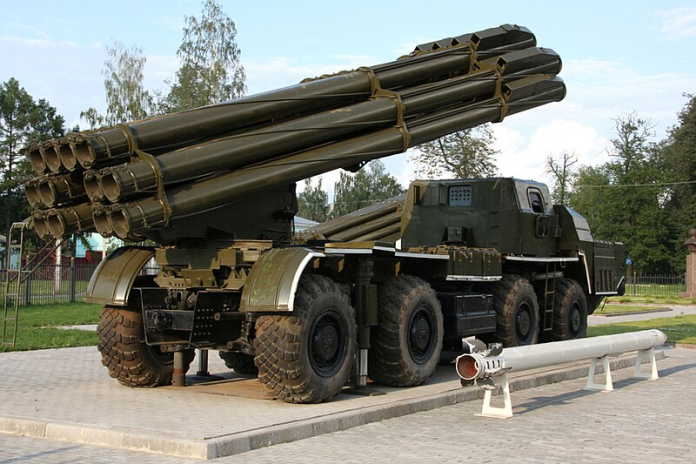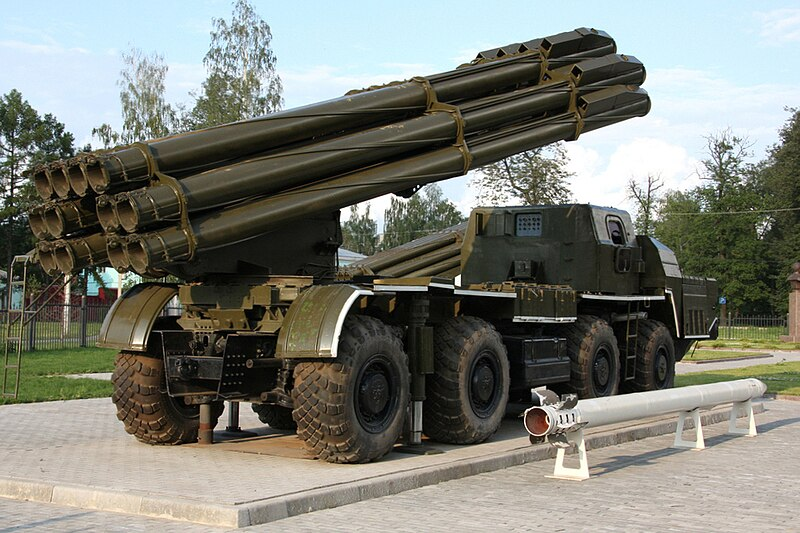
What makes one Battlefield Strike exert its influence well beyond its immediate zone ofblast? Last October in southern Ukraine, a seldom-seen Russian BM-30 ‘Smerch’ multiple launch rocket system was taken out in such a fashion suddenly illuminating with unprecedented power the means by which modern warfare is being reshaped with accuracy, mobility, and unmanned means.
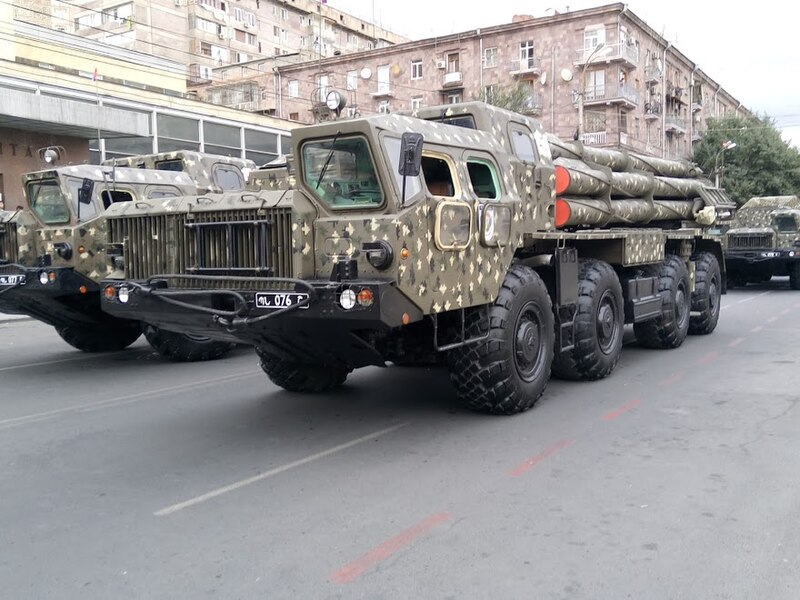
Nearly four years into Russia’s full-scale invasion, Ukrainian forces continue to eliminate high-value targets deep behind enemy lines. This latest kill, executed by National Guard special forces using drones, offers a window into the evolving interplay between artillery, reconnaissance, and countermeasures in a battlespace dominated by aerial surveillance. The incident also reflects broader shifts in doctrine and technology that military analysts have been tracking since 2022.
What follows is an analysis of its most successful components and wider applications range from its ground combat role with the BM-30s through to embedding drones in Ukrainian precision kill-chains up through strategic lessons from survivable artillery.

1. BM-30 Smerch’s Role in Warfighting
Born in the late Soviet era and introduced to service in 1987, the BM-30 Smerch is a 12 tube heavy MLRS that can launch 300mm rockets to ranges of up to 70 km, and with current guided missiles up to 120 km. Intended to counter tactical missile forces, airborne assets at staging bases, as well as massed enemy formations, it is one of Russia’s most powerful long-range artillery pieces. Because it is so rare only three are known to be destroyed since 2022 in Ukraine it is a significant blow whenever it is lost.
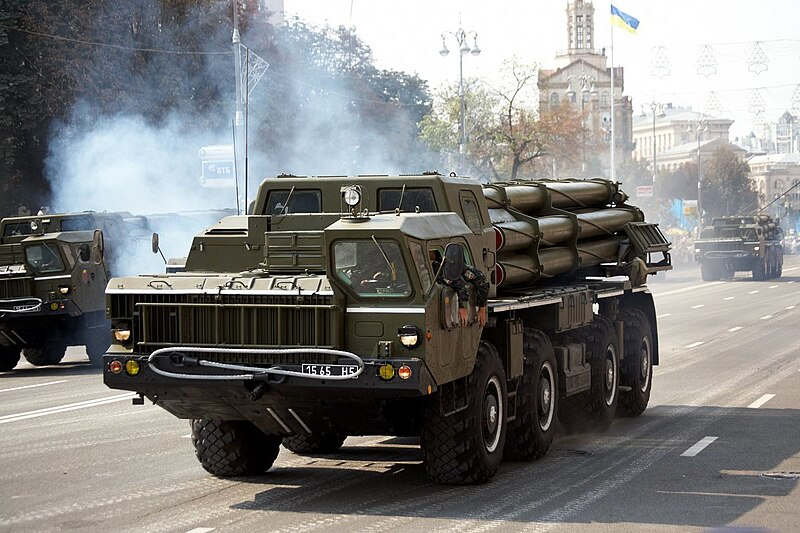
2. Deep Strike Behind Enemy Lines
Geolocation analysis by the Cyber Boroshno channel placed the destruction site roughly 33 km inside Russian-held Kherson. Such penetration requires precise intelligence and coordination. Ukrainian aerial reconnaissance first spotted the BM-30 firing into Mykolaiv and Kherson regions, then tracked its relocation. This depth of strike demonstrates Ukraine’s capacity to project force well beyond static front lines, challenging Russia’s assumption of rear-area safety.
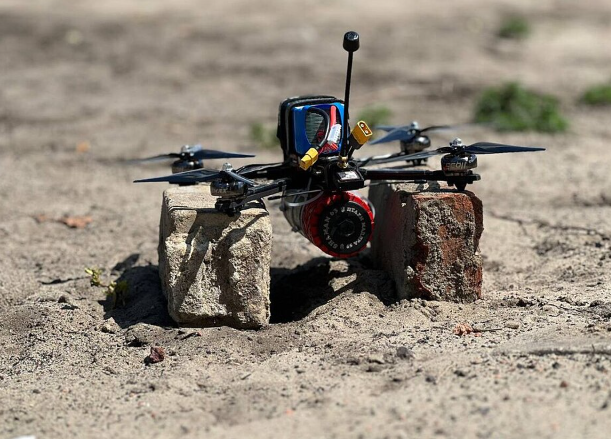
3. Drone-Led Kill Chain
Video distributed via Operational Command South shows a pattern possible via a first-person view (FPV) drone strike followed by a bomber drone. Militarnyi reported that munition hit the missile container which exploded onboard rockets as well as causing a huge fireball. This is characteristic of Ukraine’s doctrinal shift to integrate UAVs right within artillery kill-chains with sensor-to-shooter cycles within three minutes well below Russia’s 40-minute average counter-battery reaction time.
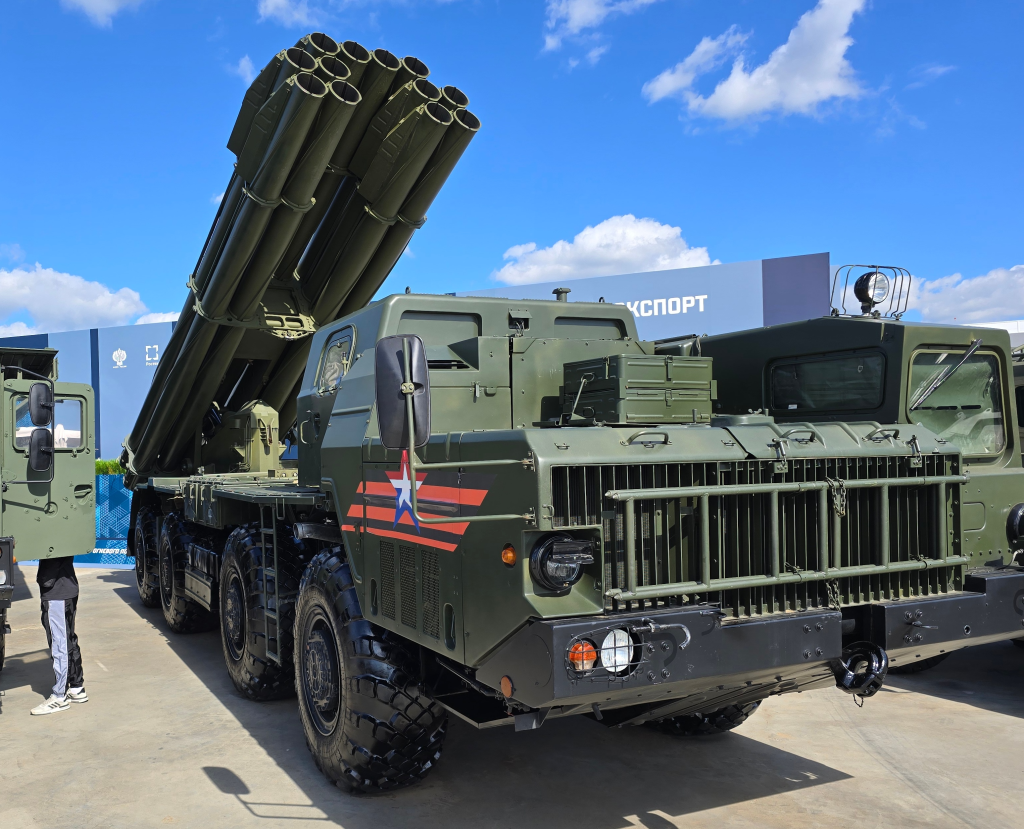
4. Tornado-S Variant Possibility
Defense Express speculated that the obliterated system was possibly a modernized Tornado-S with increased range and accuracy compared to its predecessor BM-30. If this is true, it would be the foremost recorded Tornado-S loss during the war as well as reflecting on its strategic effect. Because of its advanced features, the Tornado-S would be a prime target, and its destruction would indicate that Ukraine can disable even Russia’s upgraded artillery platforms.

5. Mobility as Artillery Survival Tactics
Mobility is down to survival with battlefield saturation from drones and counter-battery radars. Systems like the French Caesar gun are examples of ‘shoot-and-scoot’ tactics firing off and relocating within minutes. Inasmuch as the BM-30’s track chassis is not as agile, it becomes vulnerable once revealed. With Western armies moving to wheeled self-propelled guns, Russia’s further investment in larger, slower guns becomes increasingly risky.

6. Drone Dominance Over Artillery
Drones are responsible for as many as 70% of battleground fatalities by 2025. Loitering munitions and FPV are both shrewd at taking out high-value assets from MLRS to tanks. Ukrainian fibre-optically connected drones are immune to electronic warfare so that even in challenged electromagnetic environments, accuracy can be achieved with precision strikes. This BM-30 kill illustrates just how artillery’s traditional dominance on the battlefield has been undercut by unmanned systems.
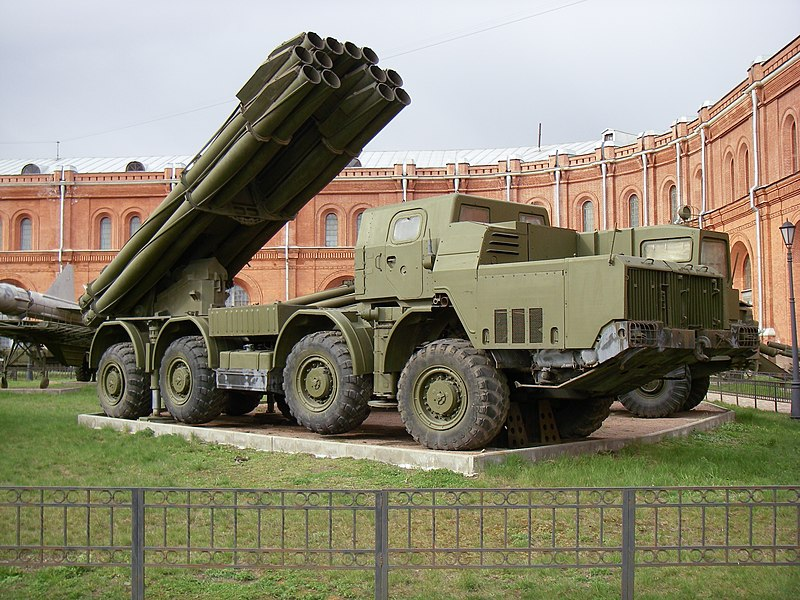
7. Counter-Drone with Integrations of EW
Takeaways Mass-producing cheaply constructed, disposable drones places economic pressures on adversaries as well as tactical stresses. Counter-drone operations jamming, spoofing, kinetic intercepts will need to be supplemented with mobility and camouflage. Russia’s BM-30 loss reveals the price of poor EW coverage or lack of rapid redeployment of forces. For Ukraine, equipping its own guns with strike drones with concomitant EW coverage becomes natural self-protection.

The disabling of Russia’s BM-30 Smerch in Kherson is no tactical victory it’s a lesson in why modern battlegrounds reward speed, integration, and flexibility. As Ukraine refines its drone-artillery interoperability while Russia labors with defending scarce, high-value assets, the fight continues to drive trends toward unmanned dominance as well as mobile precision fires. The lesson for planners is inescapable: survivability is no longer a matter of protecting platforms from destruction but sensing sooner, hitting harder, and moving faster than the enemy’s kill chain can close.
